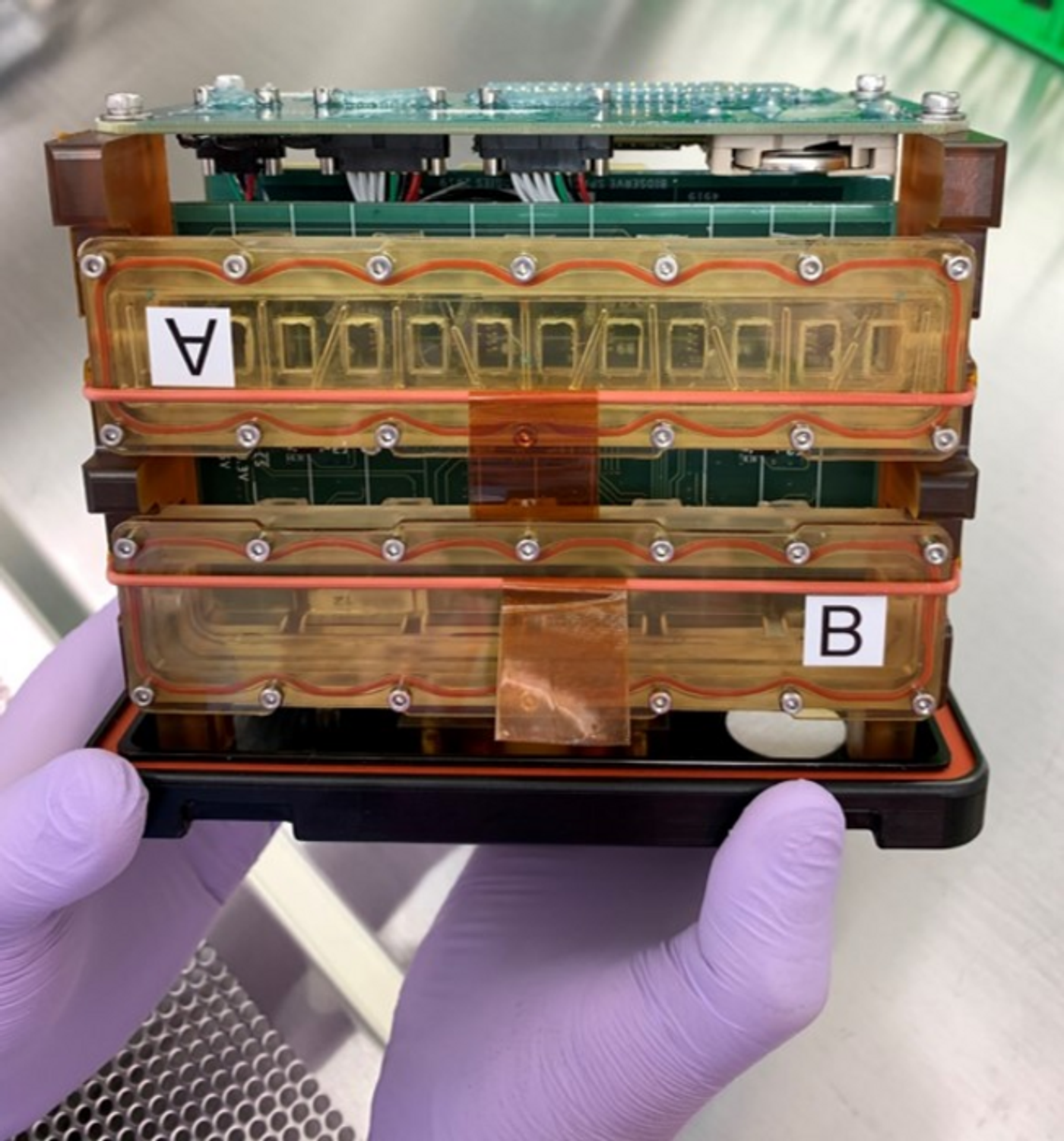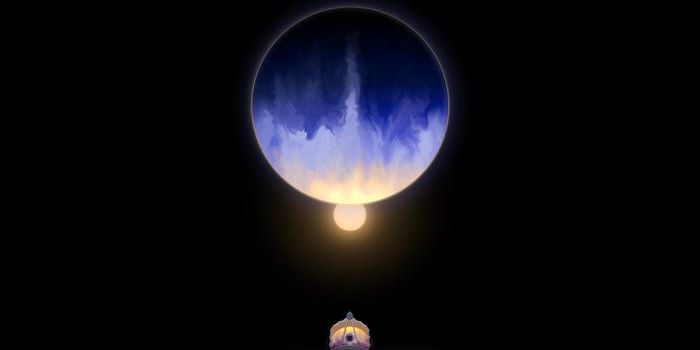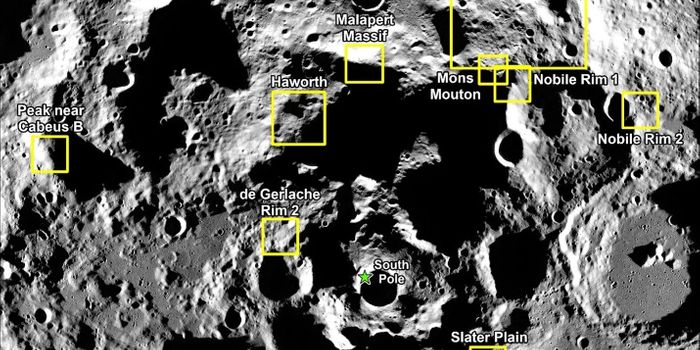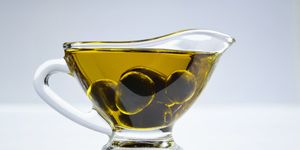Heart "Tissue-on-a-Chip" Heading to International Space Station
Commercial resupply missions (CRSs) to the International Space Station (ISS) by SpaceX have become a regular occurrence, with the most recent CRS-26 mission launched in November 2022 sent a suite of research experiments that will be conducted on the ISS. The upcoming SpaceX CRS-27 mission due to launch no earlier than March 14 will add another chapter to this extraordinary story of science and research being conducted on the orbiting outpost.
Heart tissue chambers inside plate habitat built for research aboard the International Space Station. (Credit: Deok-Ho Kim and Devin Mair, Johns Hopkins Medicine)
Onboard CRS-27 will be human heart “tissue-on-a-chip” specimens sent by NASA to study changes within the mitochondria of heart cells under microgravity conditions, with a specific focus on heart tissue inflammation and the proteins activated during such processes, along with dysfunction within the mitochondria.
Mitochondria function as a cell’s power supply and produce most of the chemical energy that powers the biochemical reactions within cell. The specimens are being accompanied by three FDA-approved medicines that astronauts will use on the specimens to hopefully prevent changes in heart cells that are either currently known or hypothesized to occur during long-duration spaceflights.
“It’s possible that what we learn from these experiments in space could also inform how we treat age-related cardiac problems,” said Dr. Deok-Ho Kim, who is a professor of biomedical engineering at the Johns Hopkins University School of Medicine, since many cell changes within the heart already found in astronauts mirror changes connected to heart muscle aging, overall.
The researchers used laboratory-grown human induced pluripotent stem cells to micro-engineer the human heart tissue-on-a-chip specimens. Since stem cells can be grown into any kind of cell, the researchers ultimately grew them into the heart muscles that make the heart contract, also known as cardiomyocytes.
The payload being sent to the ISS consists of two plate habitats that measure 7 inches long, 5 inches tall, and 4 inches wide and consists of an enclosed chamber of liquid meant to feed the cardiomyocyte tissue being strung between flexible and stuff posts within the chamber. The flexible post has magnets that relay contraction data to sensors which will be used to monitor contraction changes.
These experiments build off previous research conducted by Dr. Kim and his former graduate students who sent heart tissue to the ISS in March 2020, which demonstrated the cells within the mitochondria changed, along with the heart tissues’ inability to contract.
What new discoveries will scientists make regarding the physiological effects from long-term spaceflight? Only time will tell, and this is why we science!
Sources: NASA, EurekAlert!, National Human Genome Research Institute, Johns Hopkins Medicine
As always, keep doing science & keep looking up!









